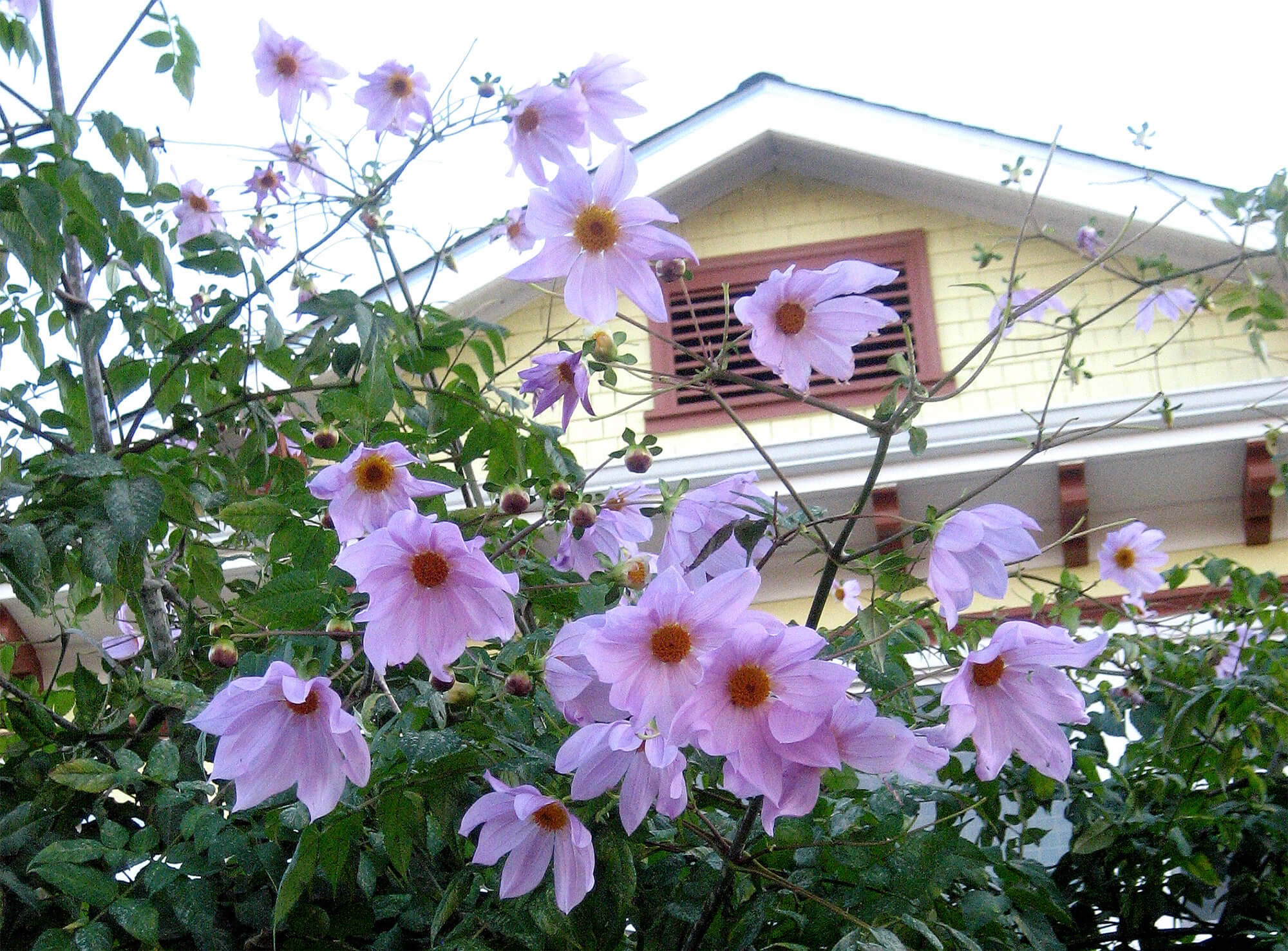 Much like potatoes in appearance, the tubers of these Central American perennials will soon be transformed into beautiful flowering shrubs. Their value as cut flowers is nearly unequalled and their diversity is mind-boggling due to extensive hybridization in Europe during the 18th and 19th centuries.
Much like potatoes in appearance, the tubers of these Central American perennials will soon be transformed into beautiful flowering shrubs. Their value as cut flowers is nearly unequalled and their diversity is mind-boggling due to extensive hybridization in Europe during the 18th and 19th centuries.
Dahlia cultivation pre-dates the Spanish conquest in the 16th century; they were likely an important crop for the Aztecs. Their first written record, in an Aztec Herbal, cites their use in the treatment of urinary disorders. One of the Aztec words for dahlia is cocoxochitl, meaning water pipes. Perhaps alluding to the stems of the 20-foot tall tree dahlia, D. imperialis, which were used by those people to supply domestic water from mountain springs and streams.
Culturally, Dahlias require bright sun in order to avoid flopping or the onset of powdery mildew. Deep, rich organic soils works best. The real trick to success is mounding soil over the shoots as they begin to grow, and then staking the exposed portions at an early stage.
This winter we have 16 different varieties to choose in the dormant tuber form. Potted plants will be available as early as March. Give your favorite nursery a call today and fulfill your floral fantasies.


